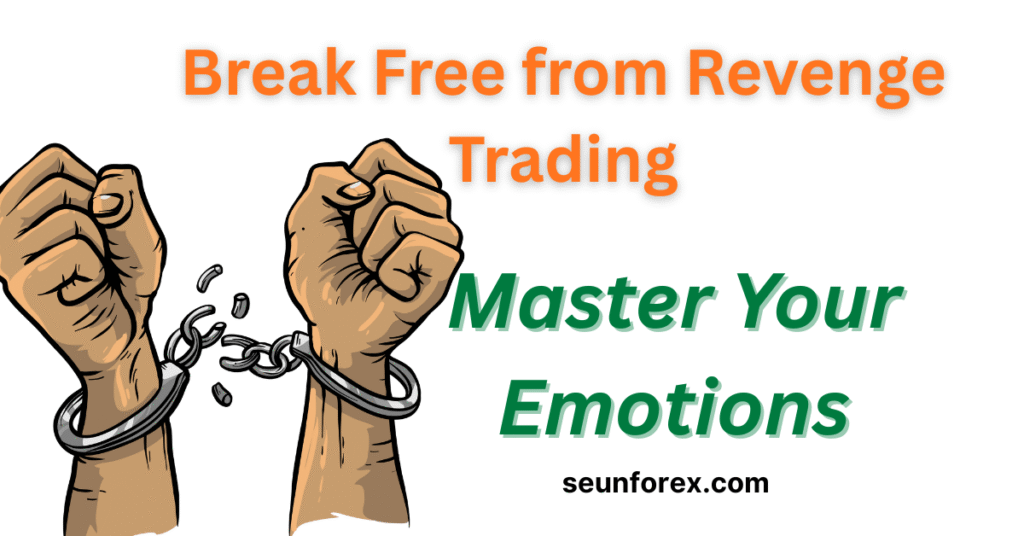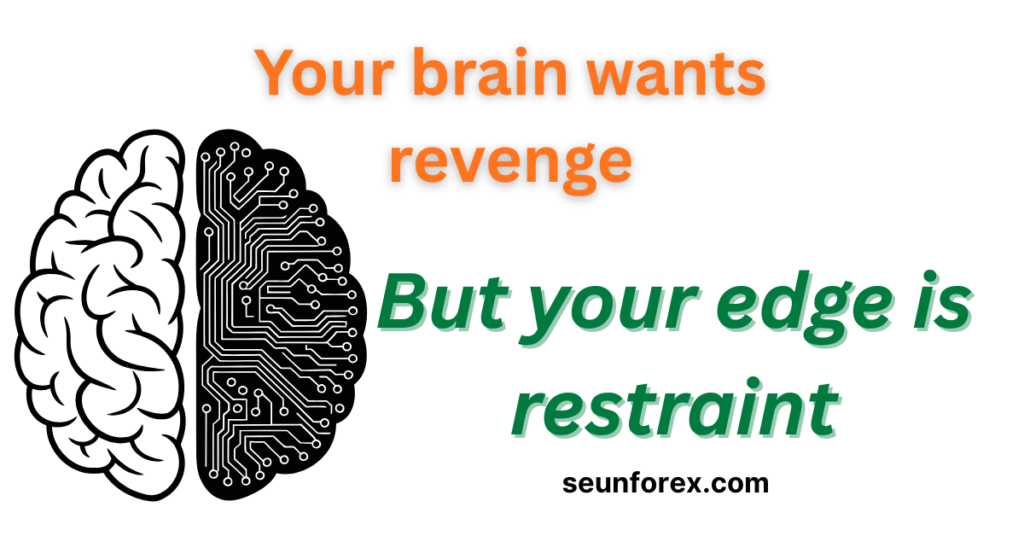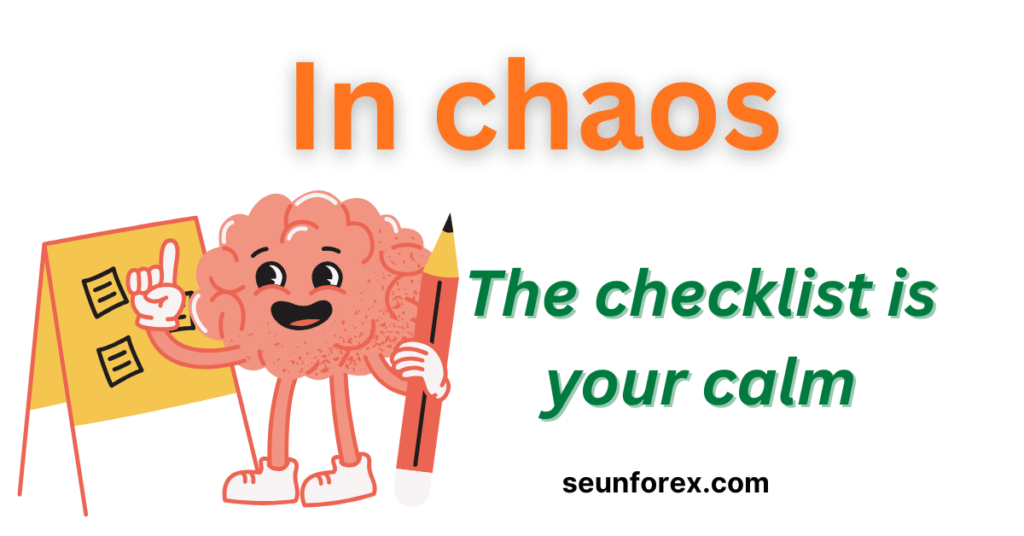
Introduction: The Silent Killer in Trading
How to avoid revenge trading after a loss is one of the most important lessons every trader must learn. Losses in trading are inevitable, but how you respond to them determines whether you survive long enough to succeed. The most dangerous reaction isn’t taking a calculated next trade—it’s the emotional urge to jump back into the market, desperately trying to recover the loss. This destructive behavior is called revenge trading, and knowing how to avoid revenge trading after a loss is what separates consistent traders from emotional gamblers.
Revenge trading after a loss is one of the most common reasons traders blow their accounts, fail prop firm challenges, or stay stuck in a cycle of emotional trading. You may start with a carefully planned risk management system, but after one or two losses, emotion often takes over. You double your lot size, ignore your stop-loss, or take setups that don’t fit your rules—all in an attempt to “win back” what the market took from you.
But here’s the truth: learning how to avoid revenge trading after a loss is never about the market; it’s about you. It’s about how you perceive losses, regulate your emotions, and control impulses under stress.
In this guide, we’ll break down step by step how to avoid revenge trading after a loss using insights from trading psychology, neuroscience, and professional traders’ discipline frameworks. By the end, you’ll not only understand why revenge trading happens, but you’ll also have a proven system to prevent it forever.
🎯 What Is Revenge Trading, Really?
Revenge trading happens when a trader, after experiencing a loss, tries to immediately recover by entering another trade—usually without analysis, without discipline, and with far more risk than usual.
Instead of following a system, the trader’s mind shifts into emotional overdrive. It becomes less about making a smart trade and more about regaining self-worth, punishing the market, or proving something.
Examples of Revenge Trading:
- Forex Trader – After losing $500 on GBPUSD, a trader immediately opens a $1,000 risk trade on EURUSD, hoping to “make back” the loss.
- Stock Trader – After a breakout fails, the trader doubles their share size on another stock that “looks similar,” without analysis.
- Futures Trader – After getting stopped out on NASDAQ futures, the trader re-enters multiple times, trying to catch a reversal, and ends up losing their entire daily limit.
Revenge trading is not a strategy problem—it’s a psychological and behavioral one.
🧠 The Brain Science of Revenge Trading

Why do smart, logical traders fall into the trap of revenge trading after a loss? The answer lies in neuroscience and behavioral economics. If you want to master trading psychology and truly understand how to avoid revenge trading after a loss, you must first understand how the brain works under stress.
Loss Aversion
According to Daniel Kahneman and Amos Tversky’s Prospect Theory, humans feel the pain of loss twice as intensely as the pleasure of gain. Losing $100 feels worse than winning $100 feels good. This emotional imbalance creates a powerful urge to recover quickly, fueling revenge trading after a loss.
Dopamine and the Reward System
Trading activates the same dopamine pathways as gambling. After a losing trade, the brain seeks an immediate “hit” of dopamine to balance the negative feelings. That’s why revenge trades feel irresistible, unless you have a system that teaches you how to avoid revenge trading after a loss. For a deeper look at how emotions like greed hijack your decision-making process, read this guide on overcoming greed in trading with psychology — it connects directly to the same emotional triggers that cause revenge trades.
Fight-or-Flight Response
A trading loss activates the amygdala, the brain’s fear center. Instead of logical reasoning, your brain prepares for survival. This is when traders fight (revenge trade), flee (quit trading), or freeze (hesitate endlessly). Without awareness, the natural reaction is almost always revenge trading after a loss.
Ego and Self-Identity
For many traders, success is tied to self-worth. A loss feels like failure as a person. This ego-driven pain pushes traders to prove themselves instantly, leading to impulsive trades. Learning how to avoid revenge trading after a loss requires separating your self-identity from your trading performance.
Understanding these brain mechanics is step one in breaking the cycle—and the first step in mastering how to avoid revenge trading after a loss permanently. If you’d like to go beyond psychology and learn how professionals do deep research to build trading conviction, check out this external resource: How to do a deep dive and build an investment thesis.
⚠️ Why Revenge Trading Destroys Accounts
Revenge trading is dangerous because it bypasses logic and discipline. It leads to:
- Over-leverage – Doubling or tripling position size after a loss.
- Ignoring Rules – Taking setups outside your plan.
- Emotional Spiral – One loss leads to another, then another.
- Account Blow-ups – Many traders lose months of gains in a single revenge trading day.
For example, prop firms like Maven or FundedNext report that the number one reason traders fail their challenges is not strategy—it’s revenge trading after hitting drawdown.
A $100 loss may not kill your account, but a $1,000 revenge trade certainly can.
🧩 The Deep Dive: How to Avoid Revenge Trading Step by Step
To stop revenge trading, you need more than willpower. You need systems and guardrails that make emotional trades nearly impossible.
Here’s a structured framework:
1. Implement the “Stop Rule”
If you lose a set amount (daily loss limit), stop trading for the day. Many professionals use a 2% daily max drawdown rule.
2. Journal the Loss Immediately
Instead of reacting, write down:
- What happened?
- Why did it happen?
- Was it my plan or my psychology?
This converts emotion into insight.
3. Create Predefined Risk Per Trade
Never risk more than 1R (1% of account or less). This ensures one loss cannot trigger desperation.
4. Use a Cool-Down Ritual
Take a walk, meditate for 5 minutes, or step away from screens. Reset your nervous system.
5. Reframe Losses as Business Expenses
Every business has costs. Losses are simply the cost of trading. Professionals budget for losses in advance.
6. Accountability Partner
Share your daily results with a mentor or trading group. When someone else sees your trades, emotional impulses decrease.
🔎 Real Examples from Top Traders
- Paul Tudor Jones – Famously said, “Don’t focus on making money; focus on protecting what you have.” He would cut trades quickly to avoid emotional spirals.
- Mark Minervini – Uses strict stop-losses and position sizing to ensure no single loss hurts enough to trigger revenge.
- Ed Seykota – Known for emotional control, Seykota built rules where his system decides, not his emotions.
These traders succeed not because they avoid losses, but because they avoid destructive emotional responses.
🧪 Guardrails to Prevent Emotional Trades
Think of guardrails as protective systems. Even if your emotions spike, these rules save you:
- Daily Loss Limit – Max 2% per day.
- Trade Limit Rule – Maximum 3 trades per day.
- Pre-Trade Checklist – Entry must pass 3+ conditions (setup, risk, confirmation).
- Cooling Period – After a loss, wait 15 minutes before re-entering.
- Stop Trading After 3 Consecutive Losses.
✅ Checklist: Am I About to Revenge Trade?

Print this and place it near your screen:
- Am I trading to recover or to follow my plan?
- Did I analyze this trade objectively?
- Is this trade in my journal playbook?
- Am I increasing lot size to recover?
- Did I just lose money recently?
- Have I hit my daily loss limit?
- Have I taken a break after my last trade?
- Would I take this trade if I were not down?
- Can I explain this setup to another trader logically?
- If this trade loses, will I still be within my risk plan?
If you can’t answer confidently, step away.
🛠️ Tools & Tactics
- Trading Journals – Edgewonk, TraderSync, Notion templates.
- Mindset Tools – Headspace (meditation), Cold showers, Breathing exercises.
- Risk Control Software – MT5/CTrader trade managers that auto-close after daily loss.
- Accountability Systems – Trading groups, Discords, or mentors.
🧨 Common Mistakes Traders Make
- Trading bigger after a loss.
- Trying to “win back” on the same pair.
- Trading news impulsively.
- Ignoring daily drawdown limits.
- Believing “just one more trade” will save the day.
These habits feed the revenge cycle.
🧭 Closing Framework: The Anti-Revenge System
Here’s the 10-rule system to master emotional control:
- Define daily max loss (2%).
- Journal every trade.
- Use 1% or less risk per trade.
- Take mandatory breaks after losses.
- Reframe losses as tuition.
- Use a written trading plan.
- Share results with accountability partners.
- Use software to enforce risk.
- Focus on process, not outcome.
- Always stop trading after 3 consecutive losses.
Conclusion: From Emotion to Discipline
Revenge trading is not a technical problem. It’s an emotional one. The market does not punish you—your own reaction does.
By applying a structured system, you can avoid revenge trading after a loss and turn setbacks into lessons. This builds resilience, emotional control, and consistency—the true foundation of profitable trading.
Remember: the difference between amateurs and professionals is not who avoids losses—it’s who learns how to avoid revenge trading after a loss and chooses discipline over impulse.
Losses are inevitable. Revenge trading after a loss is optional. Choose discipline, choose patience, and your trading career will thrive.